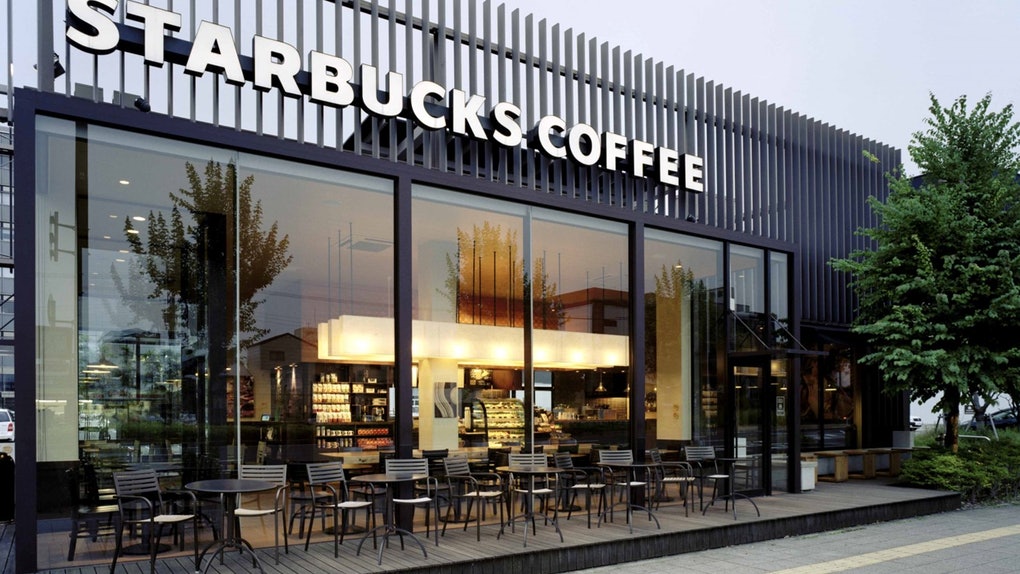‘Coffee is a language in itself,’ said Jackie Chan. Now, it has started speaking the language of sustainability.
Coffee shops have been the wellsprings of creativity and original ideas which have transformed the world. New ones keep springing up in cities and towns around the world these days…and play a key role in promoting social welfare by bringing people together, and also contributing to economic development not merely by way of making people pay for coffee, but also inspiring ideas which are subsequently transformed to realities in industries and universities around the world. The health benefits of coffee are quite well-known and coffee-shops would thus surely rank well above the beer bars in this regard. A lot of research has also been conducted into the comparative life-cycle environmental impacts of the various ways of consuming coffee; and when one does an analysis of this type, several other product life-cycles get enmeshed, and consumer behaviour becomes a key determinant of how small (or big) the environmental footprint of coffee consumption can be. And if you add the food which is also available at coffee shops these days (in fact the diversity and variety has increased conspicuously at least in Europe, over the last couple of years), you have a complex case to handle – in terms of sheer numbers of product life-cycles to manage and ‘make greener’. For a conscientious ‘coffeephile’ sustainabilist like yours sincerely, any news about coffee-shop chains by adding on the ‘green touch’ to the social and economic ‘goods’ they provide directly/indirectly, is something to rejoice, for then, I look forward to the ‘complete coffee experience’ – enriching the brain and the soul – when I step into one such coffee-shop. I read one line about Starbucks’ initiatives to address climate change, and was impelled to find out more. Thereafter I decided to contact a Swedish coffeehouse chain (Wayne’s Coffee), which I frequent here in Karlstad in south western Sweden, and also seek out more information from Starbucks. If little drops of coffee fill a whole coffee cup, efforts taken by coffeehouse chains around the world (Wikipedia lists several of them), will certainly go a long way in contributing to the truncation of the anthropospheric footprint. And then, wherever in the world a sustainabilist goes, he/she can sip on his/her coffee with a clean conscience.
Stewards of environment
Often sustainability declarations are branded as greenwash. Many I have come across do not believe much in what corporates claim in such reports. But it must be said that efforts are being made. The water, energy and material-resource footprints of many coffee chains, has grown at a slower pace vis-à-vis the sales registered by their outlets and/or their geographical outreach.
Wayne’s Coffee has influenced the reduction in the use of pesticides upstream – by coffee farmers in exporting countries in Central and South America. Of course, when you look into your cup of coffee, it would not be easy to imagine the environmental impacts caused by the pesticides used to grow the crop hundreds of kilometres away. But it would be a good thing to pause and understand what is ‘embedded’ in the drink. KRAV, for instance, is an environmental certification given by authorities in Sweden for products which, over their life-cycles, pay close attention to biodiversity preservation, social welfare and health, reduced water usage and environmental upkeep. While 35% of the Swedish chain’s products have secured this certification, the company has set its eyes on a higher target – over 50%. While coffee can only be sourced from faraway, Wayne’s Coffee makes it a point to source whatever possible locally – to minimise environmental impacts associated with long-distance transport. The shops are equipped with LED-lighting to reduce electricity use. Of course, Swedish electricity is not carbon-intensive at all; being made up predominantly of nuclear energy and hydropower. But even then, reducing electricity usage wherever possible is a desirable approach to adopt. However, the electricity Wayne’s Coffee prefers to use is totally hydropower! Nuclear energy is not renewable, as we know, and has some other risks. The employees are committed to travelling by train whenever that alternative is available. All waste is sorted diligently, and material cycles are either closed, or the energy content of materials is extracted in incineration plants.
Now, to Starbucks, and attention must be drawn at first to the fact that the chain has reduced its water usage by over 26.5%. This of course becomes noteworthy, if Starbucks decides to expand into countries where there is relative water scarcity. Then, there is the Reclamation Drive-Thru which has come up in Tukwila, Washington, which is made entirely of reclaimed shipping containers (which otherwise may perhaps have been smelted and recycled back to steel). Starbucks has pioneered the use of recycled coffee grounds in the table-tops of its shops; and claims to account for over 10% of materials extracted within 500 miles of every outlet it sells coffee from. LED-lighting in Starbucks’ US-shops would surely contribute significantly to not just reduction in energy usage, but also a truncation of the carbon footprint of the enterprise, considering that the US energy-mix is carbon-intensive!
We have coffee shop chains in India as well, and of course there are several such all over the world. One can be certain that many of them are realising that small though they may be in the global retail sector, they can be able stewards of the environment. Learning from one another and emulating, will work wonders. The Bamboo Cup sold by Wayne’s Coffee (yours sincerely has purchased a few of these as gifts for friends), is something one could use for a long time. It is compostable….from soil to soil, after having being instrumental in slaking your thirst and sowing the seeds for creative ideas to take the world further on the road towards sustainability. As Anneli Östlund from the Export/Marketing department of Wayne’s Coffee tells the author, 10,000 cups have been sold thus far…and many more will follow hopefully.


 [/column]
[/column]